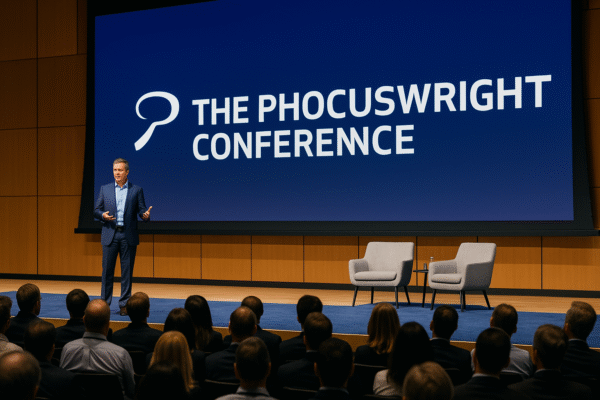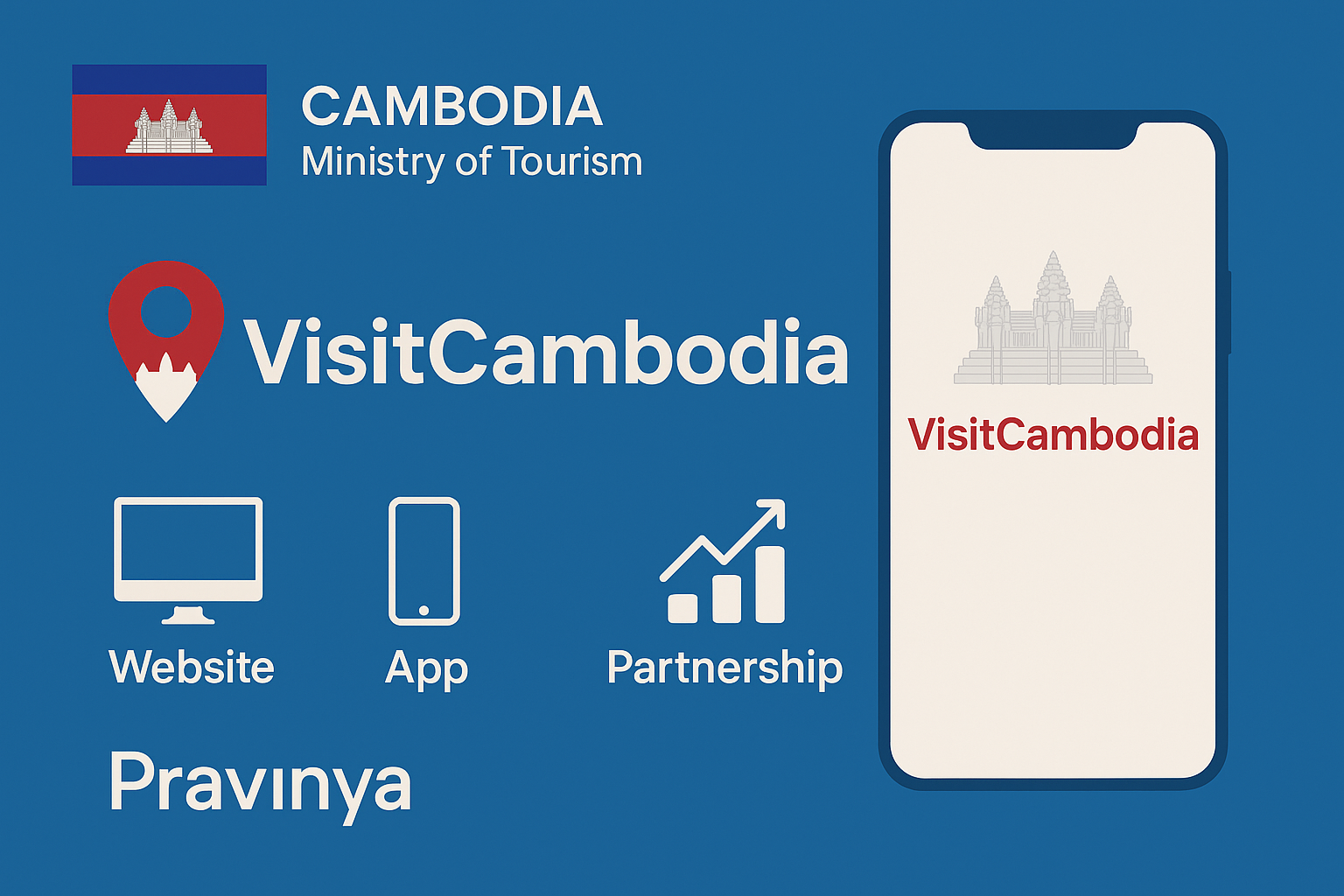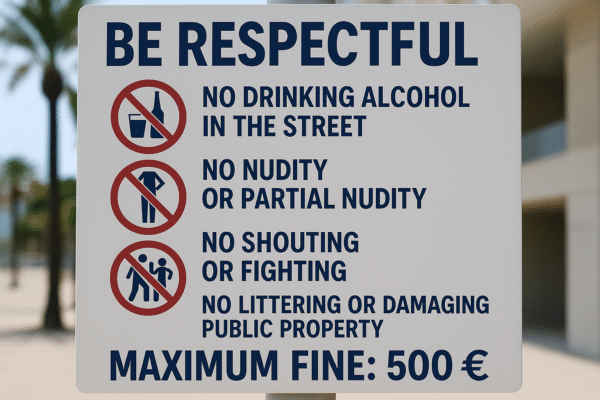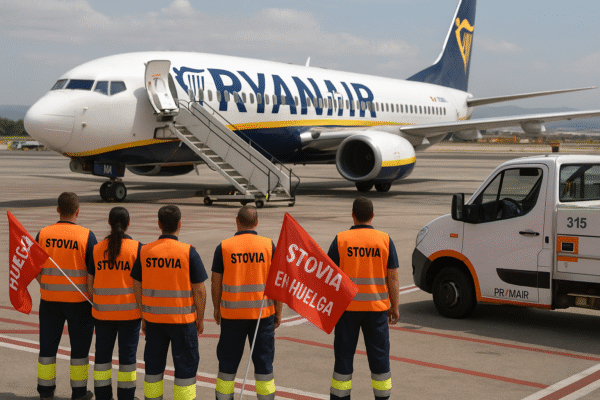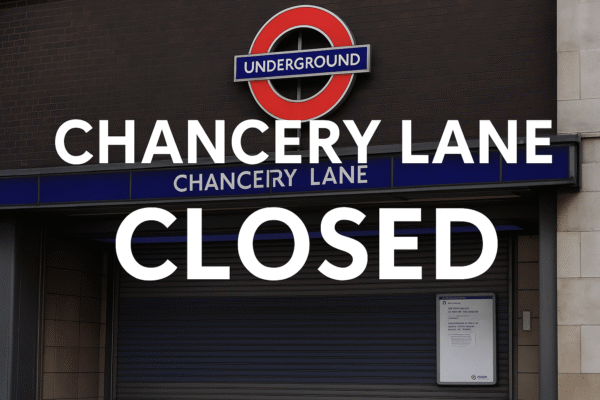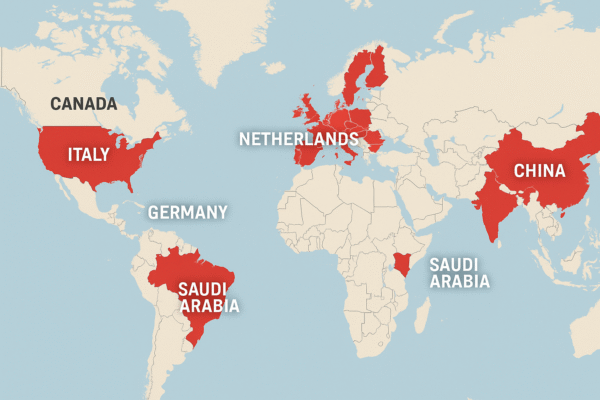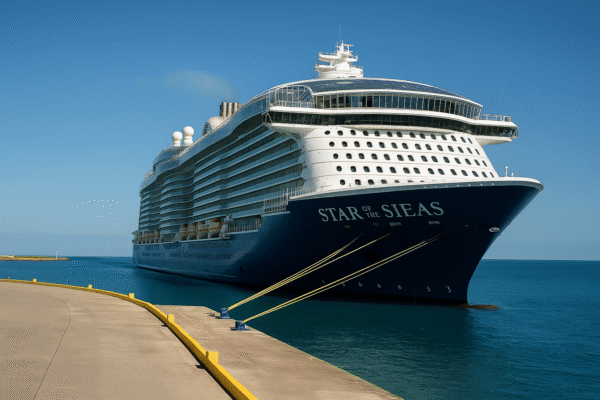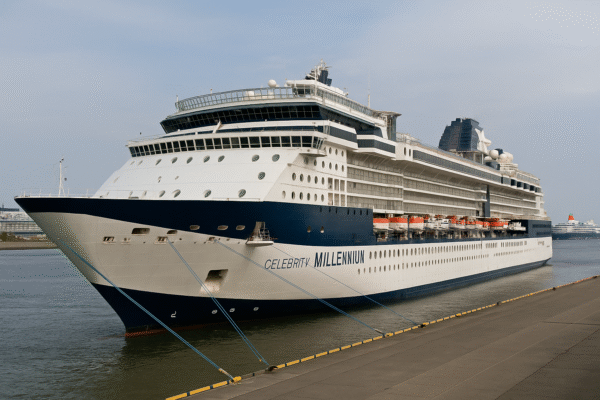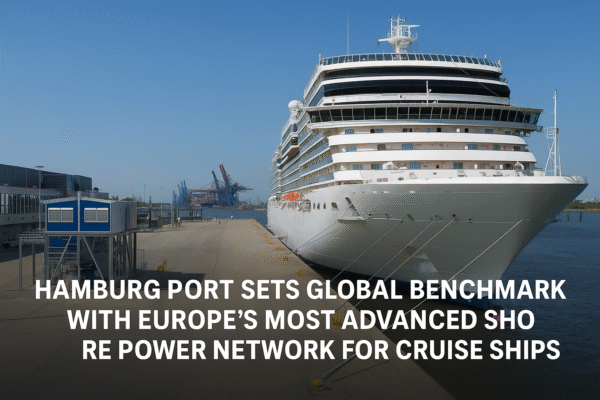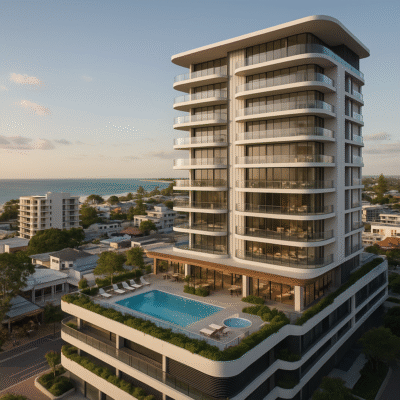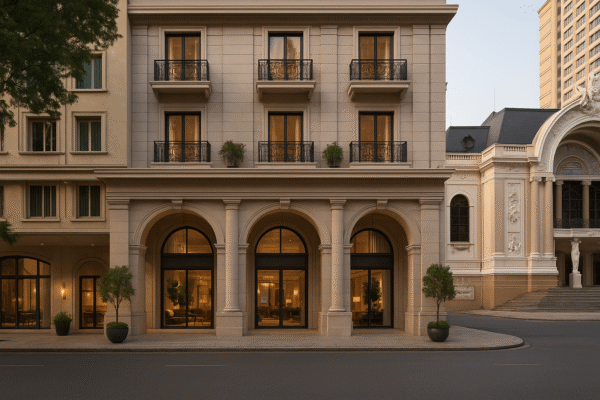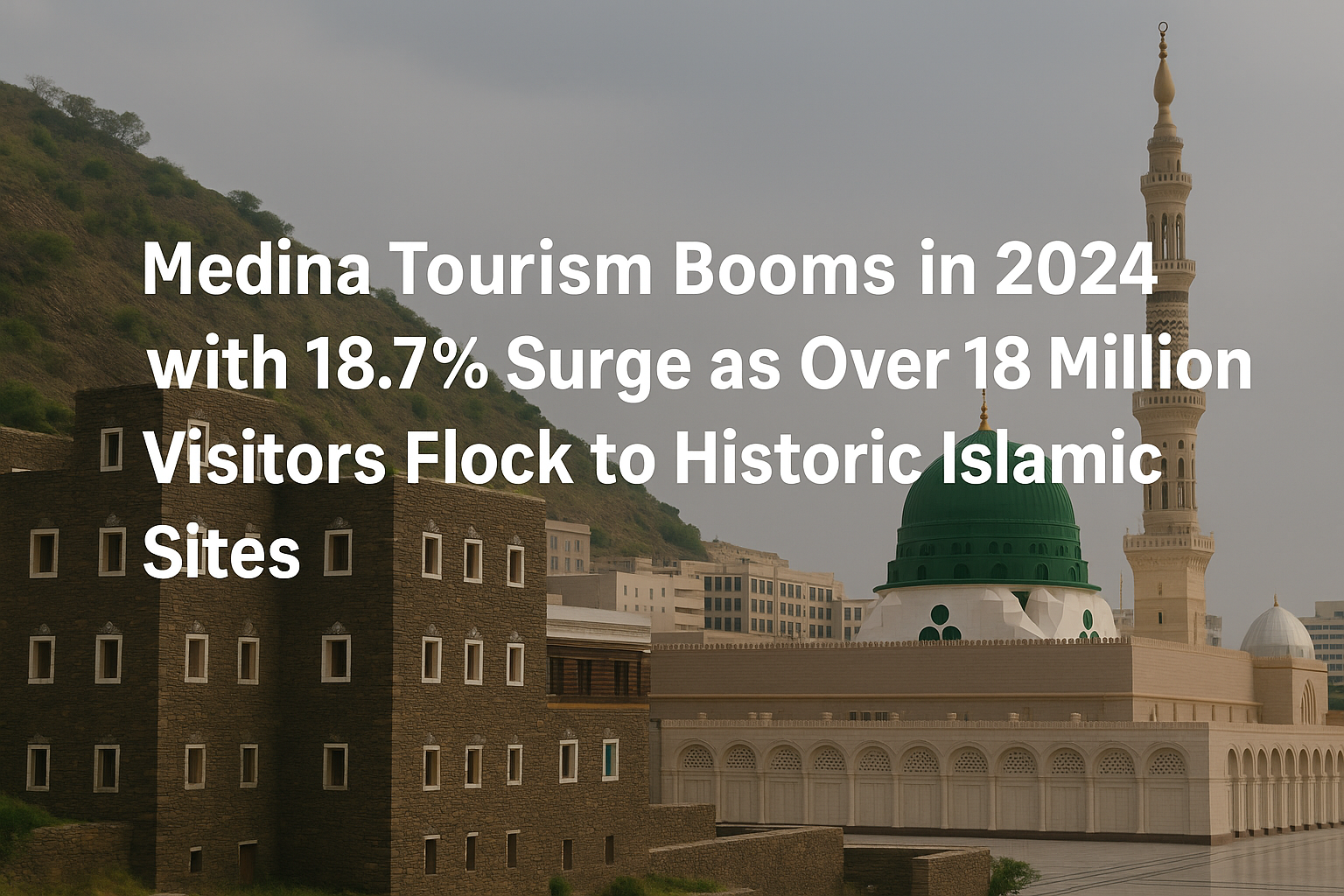The sacred city of Medina, home to the Prophet’s Mosque and steeped in Islamic heritage, has experienced a significant tourism surge of 18.7% in 2024, welcoming more than 18 million visitors, according to a newly released report by the Medina Chamber of Commerce. This upward trend underscores the city’s rising prominence as both a religious and cultural tourism hub within the Kingdom of Saudi Arabia’s Vision 2030 goals.
Building on its impressive momentum, Medina’s tourism growth marks a dramatic increase from the 14.1 million visitors recorded in 2023 and 8.2 million in 2022, reflecting sustained investment and strategic development across hospitality, cultural preservation, and transportation infrastructure.
Hospitality Sector Expansion Fuels Visitor Surge
The Medina Chamber’s report attributes much of the 2024 tourism growth to strengthened collaboration across the hospitality and travel services sector. The accommodation, tour operator, and travel agency industries saw matching growth of 18.7%, underscoring the interconnected rise of support services catering to a growing international and domestic traveler base.
Saudi Arabia’s Ministry of Tourism and the Saudi Tourism Authority have played pivotal roles in empowering local operators and encouraging private sector investment in the region. New hotel openings, streamlined travel procedures, and improved urban connectivity are transforming the experience for pilgrims and cultural tourists alike.
Religious Tourism at the Heart of Medina’s Appeal
As the second-holiest city in Islam, Medina has long been a cornerstone of Islamic pilgrimage, with millions of Umrah and Hajj pilgrims making it a part of their spiritual journey. Central to its religious draw is the Prophet’s Mosque (Al-Masjid an-Nabawi), which houses the tomb of the Prophet Muhammad and stands as a beacon of spiritual significance for Muslims worldwide.
The Prophet’s Mosque alone draws millions annually and is surrounded by an expanding ecosystem of religious institutions, heritage museums, historic mosques, and Islamic cultural centers, offering visitors an immersive faith-based experience.
Revival of Historic and Cultural Sites Strengthens Cultural Tourism
Beyond spiritual devotion, Medina is gaining recognition for its rich historical and archaeological significance. The city is home to over 400 religious, cultural, and historical landmarks, many of which have been recently restored or enhanced through public and private collaboration.
Among the major developments is the rehabilitation of ancient wells, valleys, and traditional settlements, which have been reopened to the public. Notably, sites like Biyar Ali, Quba Mosque, and the Valley of Aqeeq now feature improved visitor facilities and interpretive signage, allowing deeper engagement with the region’s Islamic and Arab heritage.
Cultural exhibitions, interactive museums, and outdoor heritage trails have been integrated into the city’s tourism strategy. The Madina Heritage Authority has also launched initiatives to promote sustainable tourism while preserving the authenticity of these landmarks.
Economic Impact and Employment Growth
The surge in visitation has had a profound economic impact on the region. The increase in tourism-related activities has boosted local businesses, stimulated real estate development, and created thousands of new job opportunities across various sectors, including hospitality, retail, transportation, and cultural management.
According to the Medina Chamber, the tourism economy now plays a pivotal role in the city’s GDP, aligned with Saudi Arabia’s Vision 2030 ambitions to diversify beyond oil by investing in sectors such as tourism, culture, and heritage.
The General Authority for Statistics reported a measurable rise in tourism revenue in the Al-Madina region in 2024, with hotels near the Prophet’s Mosque recording their highest occupancy rates since pre-pandemic levels.
Infrastructure and Accessibility Enhancements
Supporting Medina’s tourism boom is a well-orchestrated improvement in urban infrastructure and transportation. Key developments include:
- Enhanced flight connectivity via Prince Mohammad bin Abdulaziz International Airport (MED), with expanded regional and international routes.
- High-speed Haramain Railway links Medina with Jeddah and Mecca, allowing efficient transit between holy sites.
- Upgraded road networks, public transportation, and pedestrian access around central Medina have streamlined tourist movement, particularly during peak pilgrimage seasons.
These upgrades contribute not only to visitor satisfaction but also to the city’s long-term sustainability as a year-round tourism destination.
Looking Ahead: Sustained Growth and Global Appeal
As Medina continues to modernize while preserving its spiritual and historical essence, its tourism trajectory is set to rise further. With new cultural festivals, digital pilgrimage tools, and interactive travel guides being developed under national tourism programs, the city is primed for increased international engagement.
Global tourism bodies, including the UN World Tourism Organization (UNWTO), have praised Saudi Arabia’s integrated efforts to elevate Medina as a model for religious and heritage tourism development.
With strategic leadership, robust investment, and a dedication to visitor experience, Medina stands not only as a spiritual sanctuary but as a dynamic destination for faith, culture, and history lovers worldwide.
For more travel news like this, keep reading Global Travel Wire


